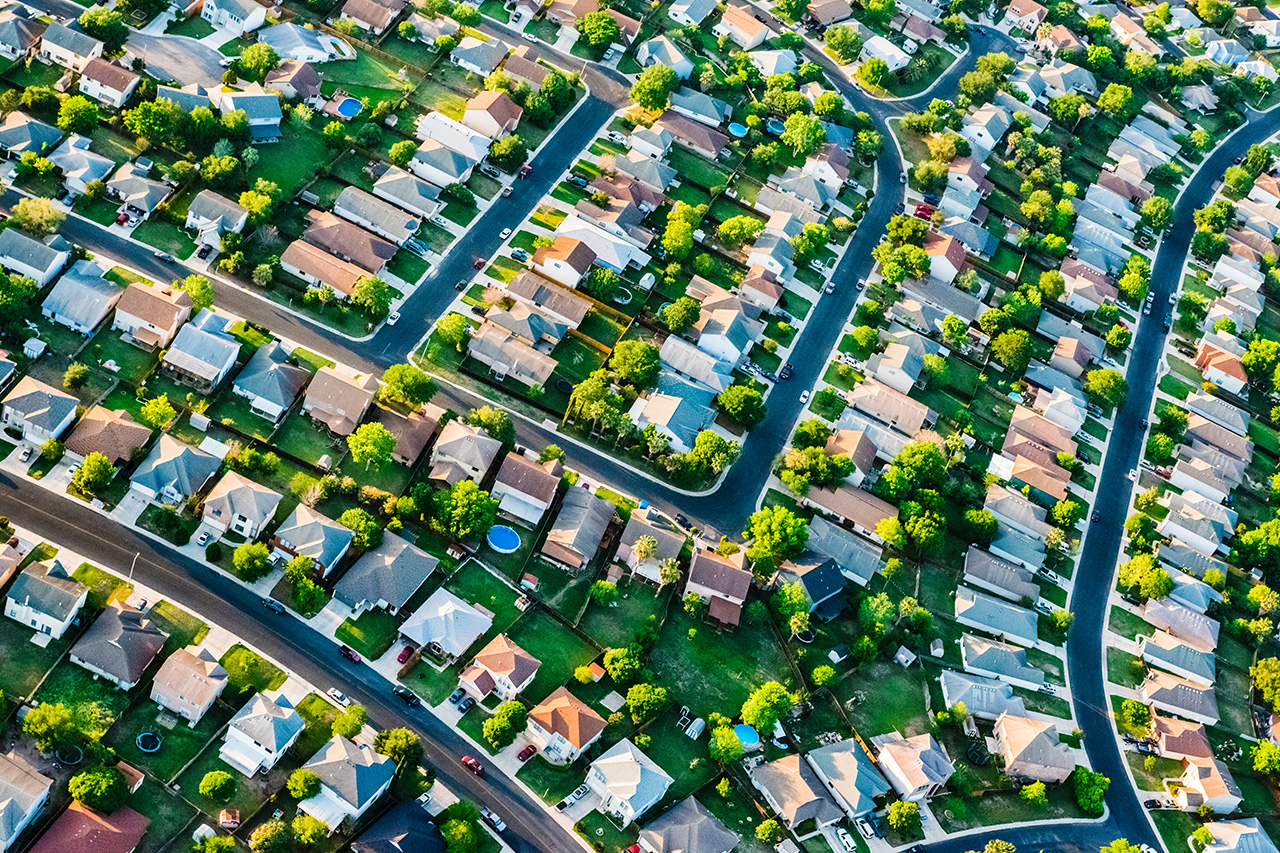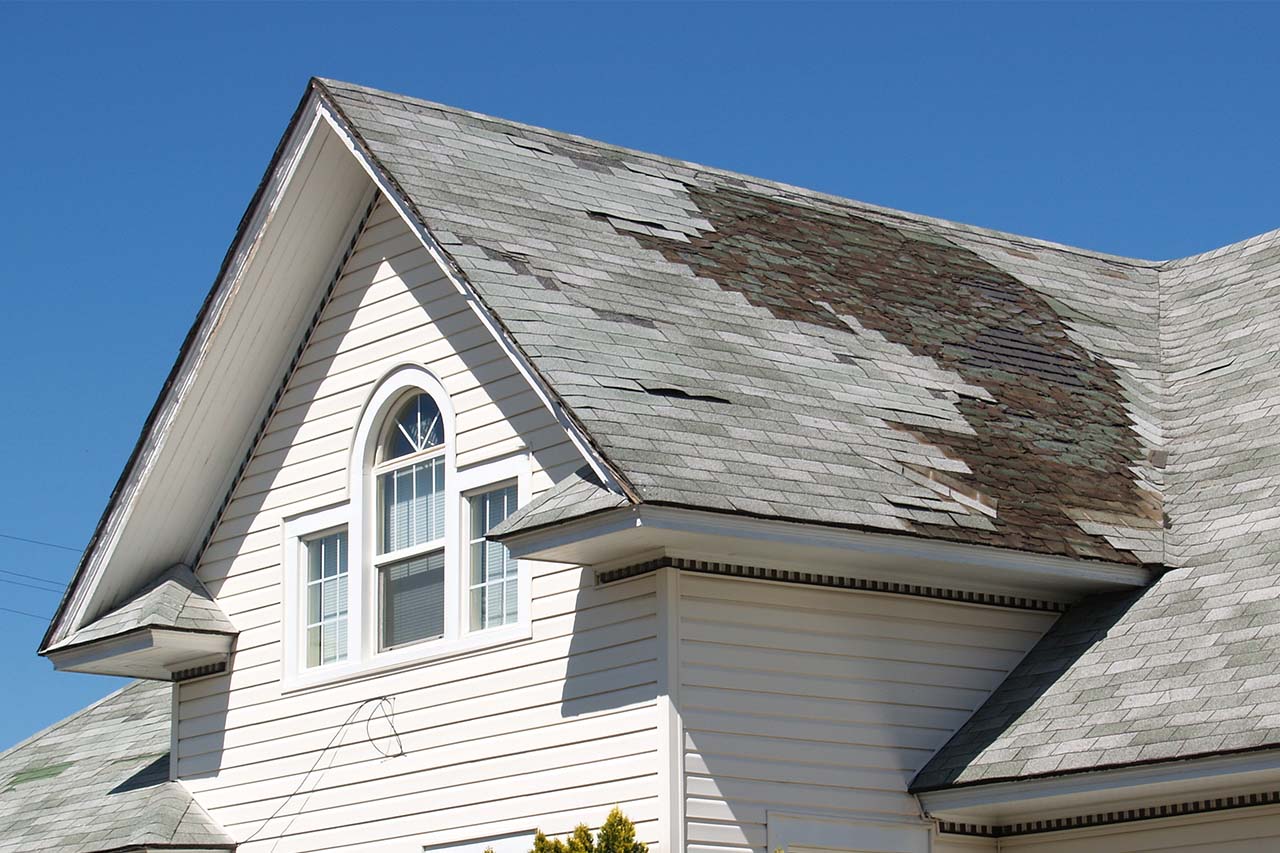The appraiser shortage is forcing alternative solutions.
This year, like never before, we’ve felt the appraiser shortage across America. It’s reached an industry tipping point—and consumers are demanding alternatives. And let’s also throw in a global pandemic in the middle of a mortgage boom with a national housing crisis.
So, with all this in play, how is it impacting private lending—and how is the industry adapting?
First, the Road to Here
A slew of regulations followed the 2008 crash—some good, some bad. Among these were HVCC, Dodd-Frank, CFPB, TRID, and many others that impacted the appraisal industry.
Two key changes for appraisers were the expansion of appraisal management companies (AMCs) across America and the changing education requirements. Early on, many independent appraisers were reluctant to work with AMCs because they felt AMCs were taking larger shares of their fee and shifting how they were compensated. This drove some, particularly older, appraisers to retire earlier than they might have. Then, the shift to require a bachelor’s degree and expanded trainee programs quickly shrank the new applicant pool. These factors, combined with increasing liabilities and other regulations, shrank the appraiser pool drastically over the next 10 years and pushed the average age of an appraiser closer to 60.
By the middle of the past decade, the alarm bells were sounding. Conventional lending still represents 90% of mortgage activity, and the government-sponsored enterprises (GSEs—Fannie and Freddie) represent nearly 90% of that activity, driving most appraisal demand in America. As the appraisal pool shrank and volume grew, the GSEs began looking for alternatives to help reduce demand.
In 2017, the GSEs added appraisal waivers if a loan met certain criteria using a new technology portal called Direct Underwriter (DU). Many factors determine waiver eligibility, but primarily include these: (1) the home had a previous appraisal in the past few years on file in their Collateral Underwriter portal and (2) the borrower down payment was 20% for purchases. They then began evaluating the use of bifurcated (hybrid) reports and automated valuation models (AVMs) in certain circumstances with varying thresholds.
Although these efforts helped, they were not enough. In 2018, the National Association of Realtors reported 27% of delayed closings were due to appraisals. Also reported was the rising cost of appraisals and the distance appraisers were traveling to assignments. In 2019, we saw record demand in most major markets as baby boomers downsized, millennials moved out, low rates drove refis, and investor communities continued to grow. The surge added to delays and costs, and more appraisers had to travel further.
Now, Here We Are
The Appraisal Institute’s (AI) Appraiser Fact Sheet reports annual appraiser data. Their 2019 report highlighted a 10-year trend of a declining number of field appraisers and applicants, rising average age of appraisers, and rising workload demand.
Though the number of active licenses is at a record low, it is much worse than that metric suggests. AI’s annual report shows that only about 32,000 appraisers are currently working in the field as more appraisers choose to work for in-house lenders, AMCs, government agencies, and other organizations. Again, that is only 32,000 licensed appraisers spread (unevenly) across 3,143 counties in the United States performing all the residential home appraisals.
Entering 2020, demand continued to rise. When COVID-19 struck, it hit many older Americans, including our appraisers, even harder. For a short period the industry froze, but then the race was on. Everyone stuck at home wanted to refinance, take out equity for remodeling projects, or move out of urban centers where lockdowns were more stringent. All these situations added to demand for appraisers.
At the same time, the aging appraiser population saw even more retirements as well as an increase in the number of appraisers who would not or could not go back into the field for a while due to health concerns. An industry that used to compete for five- to seven-day turn times pre-2018 had already been slipping to seven to nine days on average in most conventional markets during 2019. By summer 2020, we saw those times climb in many parts of the country to 15-18 days, with prices skyrocketing.
In November 2020, Freddie Mac reported on the volume of appraisals uploaded to the Uniform Collateral Data Portal (UCDP) in their “The Effect of COVID-19 on Appraisal Volume” report. The report shows a month-by-month breakdown for refis and purchases. The report cites an average growth of 9% in new unique appraisals year-over-year between 2014 and 2019 compared to a 40% gain from first quarter to third quarter 2020 over the same period in 2019.
Even after waivers and hybrids, the combined refi and purchase appraisals submitted to the UCDP for third quarter 2020 alone was approximately 3.4 million—for the same 32,000 field appraisers in one quarter. That figure does not include many appraisals that did not go through the GSE’s UCDP portal in that period (e.g., VA and USDA loans, government housing agency appraisals, those used by other banking institutes, those used for REO activity, appraisals ordered for divorce or tax disputes, and the hundreds of thousands ordered for the private lending community).
The Road Ahead
Demand is stabilizing a bit as we shift to purchases instead of refinances, but we are still at dramatic peaks. Industry-wide we are seeing a rise in alternative reports such as hybrids and/or desktop appraisals. These can sometimes save a little time and money, but again they depend on the same network of 32,000 residential field appraisers.
A hybrid report uses another party (broker, home inspector, agent) to take the photos, perform the inspection, and then send it to the appraiser who uses an AVM platform to generate a modified desktop report with a supplied list of recommended comps from that system. These have limitations, especially in rural markets. In addition, the appraiser pool is expected, once again, to retire significantly more appraisers this year than those that enter the field, so hybrids alone won’t solve the problem.
During the coronavirus peak, Fannie and Freddie were allowing alternative reports such as desktops and exterior-only reports. Some appraisal management companies have developed adaptive technology that that made those alternative reports possible.
For example, some tools allow borrowers to use their phone or tablet for the inspection photos. Borrowers are led step-by-step through the inspection process, with photos geo-coded and time stamped to ensure it is the specified property at that point in time. Technology like this may have even more promise moving forward, but ultimately we will need investor exemptions since the borrowers are involved in the inspections. Some investors may be OK with such waivers for highly qualified deals at limited thresholds.
Although moving forward technology may help the situation, it is not enough to return us to pre-pandemic numbers for demand, costs, and turn time results anytime soon. Most industry experts expect demand to be high for 12 to 24 months.
The only other answer may lie in how lenders and secondary markets use the valuation products in the underwriting process. As the private lending community has become more institutionalized, the demand for full appraisals has increased to satisfy secondary market requirements.
An increasing number of lenders and investors are feeling the supply pinch and are pivoting in specific situations. Some lenders are now willing to use hybrids for certain loans and at various thresholds or to change the way they use the appraisal in general. Loans for flips, in which the borrower has a certain number of experiences, low LTVs, loans under certain price points, and other scenarios, may merit a hybrid or desktop for lenders who can get investor approval.
Key secondary market players in the private lending community have been allowing it according to certain thresholds: $250,000 loans and under or $400,000 loans and under can use a hybrid instead of a full appraisal. Other lenders are essentially self-insuring strong deals by highly qualified borrowers to guarantee their top borrowers a good experience. They are ordering AVMs or hybrids on the front end for screening and then ordering the full appraisal for the files later, knowing it likely won’t be in for underwriting and closing purposes.
The private lending community in general is more sensitive to turn times and cost of appraisals for their investors than conventional lenders. As the appraisal industry faces some continued turbulence for the near future due to declining appraiser availability, rising fees, and growing demand, private lenders should work to adjust their borrower expectations.
In this new economy, builders now know lumber costs more, and many products are taking longer to get into the supply chain. As such, builders are changing expectations for completion times and costs. Doing so will likely be the new norm for appraisals for some time. Still, private lenders, unlike GSEs, may be best positioned to adapt to new technologies and adjust lending and underwriting practices.












Leave A Comment